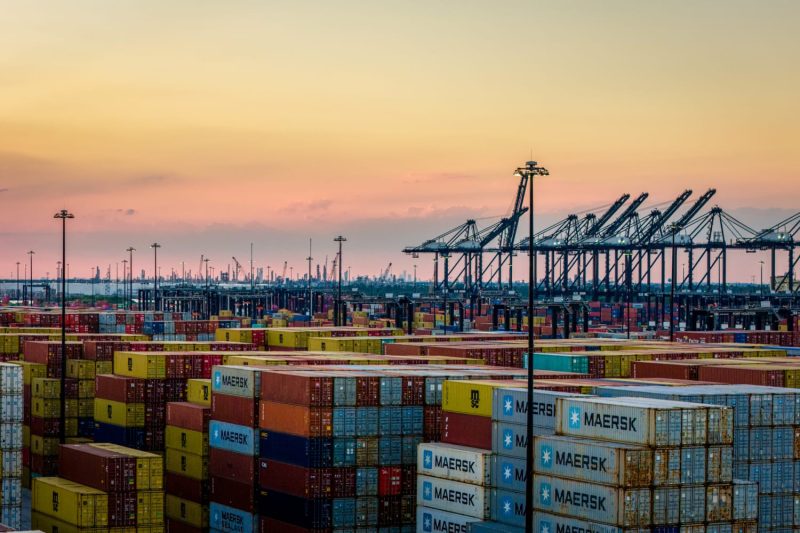
East Coast Ports in Jeopardy as Major Maritime Strike Looms!
Major urban centers on the East Coast are bracing for the possible escalation of a maritime strike that could significantly impact their ports. A prolonged strike has the potential to disrupt the global supply chain and economies both domestic and international.
The genesis of the issue lies within disputes about wages, working conditions, and employment security between the shipping industry and its workers. Unions representing longshoremen, those who load and unload cargo from ships, have been in negotiations with their shipping company counterparts for months without reaching an agreement. Frustrated by the lack of progress, the unions’ members have begun staging strikes that may soon engulf the entire Eastern Seaboard.
Ports from New York to Miami are affected by this rising wave of industrial unrest with the potential to severely disrupt the flow of goods. Such major hubs play a crucial role in global commerce and any disruption can have far-reaching consequences. For instance, the Port of New York and New Jersey is the largest on the East Coast, and the third largest in the United States, handling approximately $200 billion in cargo annually.
Such seismic disturbances to transportation of goods could fire the starting gun on a domino effect, rippling outwards to various sectors of the economy. Everything from retail inventory to automobile parts could face significant delays, resulting in severe impacts for consumers and businesses alike. Shortages could become prevalent, driving prices up and sending shockwaves through stock markets.
Yet, it isn’t just the immediate, tangible impact on goods and prices that has people concerned. The strike could also be detrimental on a more global scale, disrupting international trade relations. The East Coast ports are crucial links between Europe and America, and any disruptions could strain relationships, adding another layer of complexity to the already tense global economic environment.
Moreover, the ports themselves are significant employers within their respective cities. A prolonged strike would likely result in thousands of workers going without pay, which could intensify socio-economic issues in these maritime communities.
To underscore the enormity of the situation, it’s worth looking back to the West Coast port strike in 2015. That protracted dispute led to severe supply chain disruptions which cost the American economy an estimated $2 billion a day for 10 days. In an economy still recovering from pandemic effects, the East Coast can ill afford a similar debacle.
Amidst all this, the parties at the heart of the conflict – the unions and the shipping companies – seem locked in a stalemate. While conciliatory overtures have been made, no practical solutions seem to be forthcoming. As the situation escalates, stakeholders and observers alike are calling for swift governmental intervention to broker a resolution.
Nonetheless, the maritime strike underscores the fundamental dynamics of the global economy and their fragile balance. It paints a vivid picture of how a dispute in one industry in one location can have global repercussions. The situation calls for sensitive, swift, and comprehensive conflict resolution measures to ensure that the strike doesn’t spiral into a crisis that could destabilize the economic state of the East Coast, and by extension, possibly the world.
